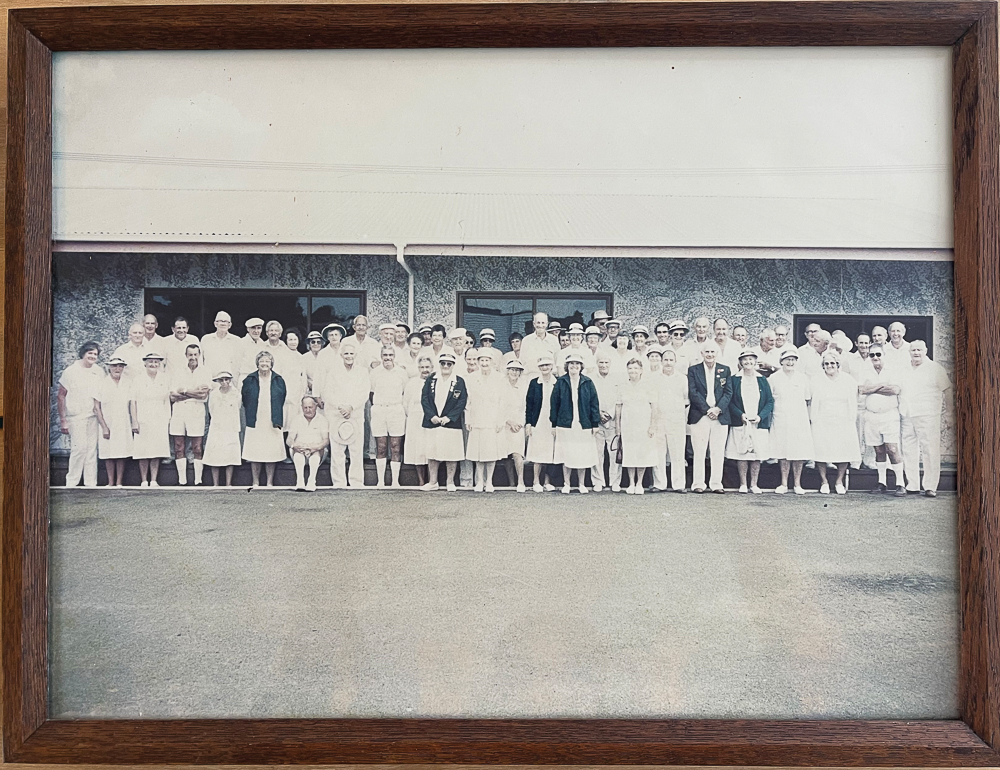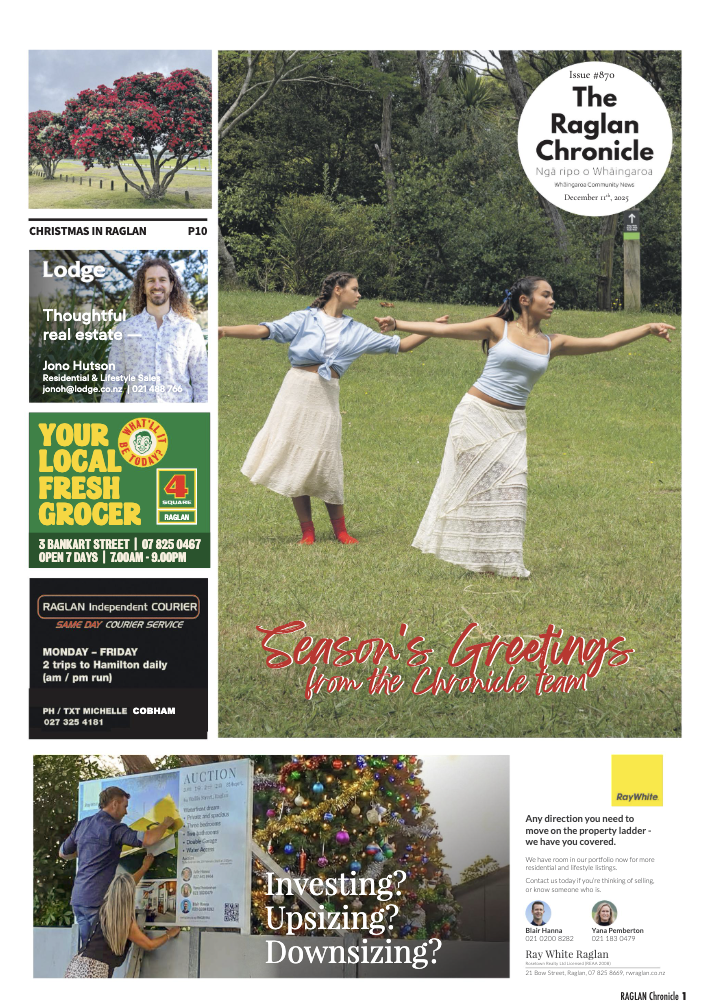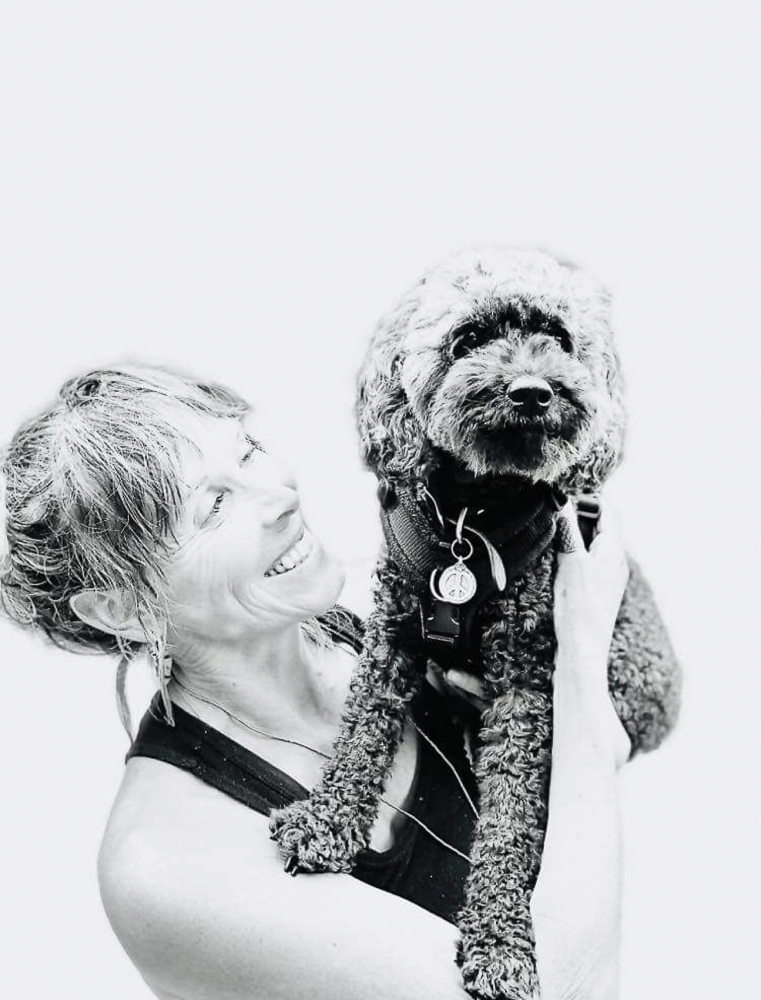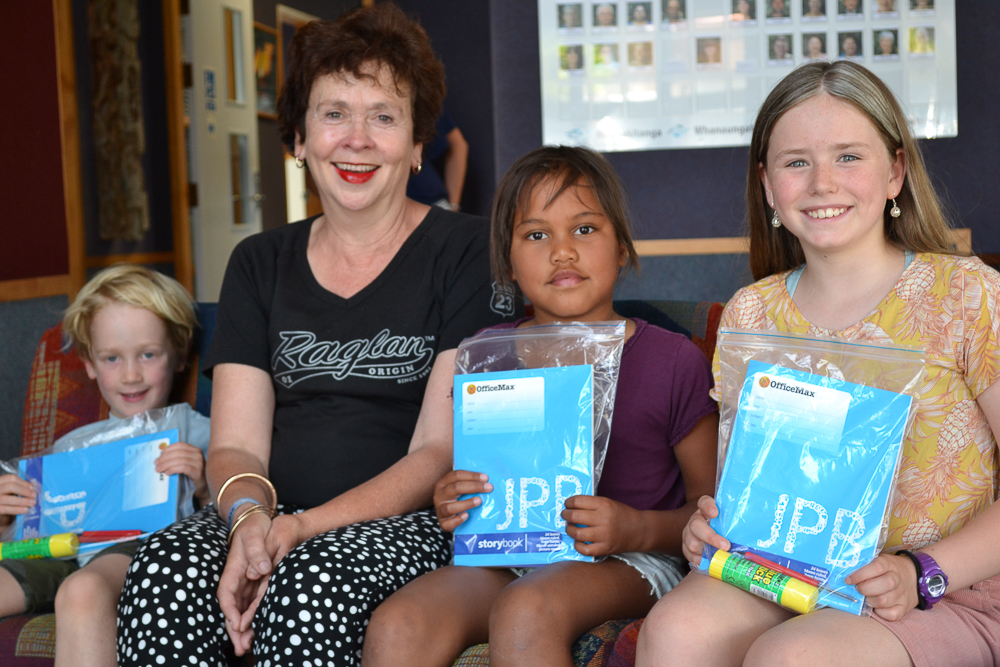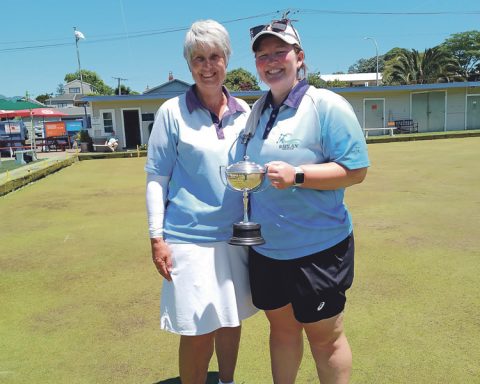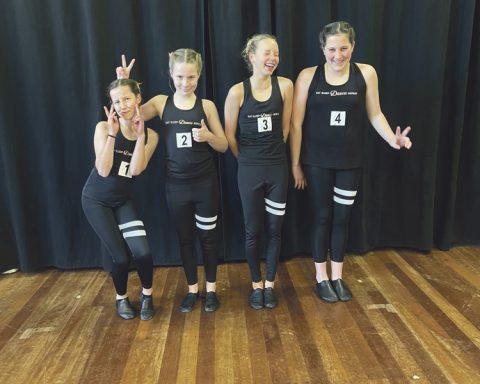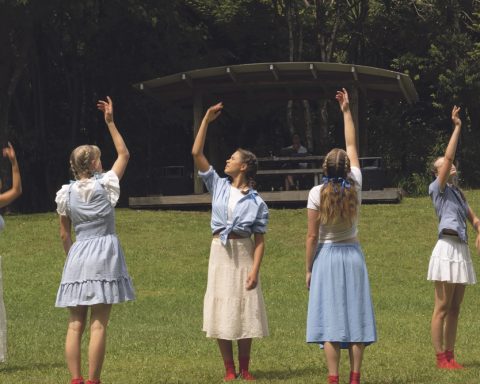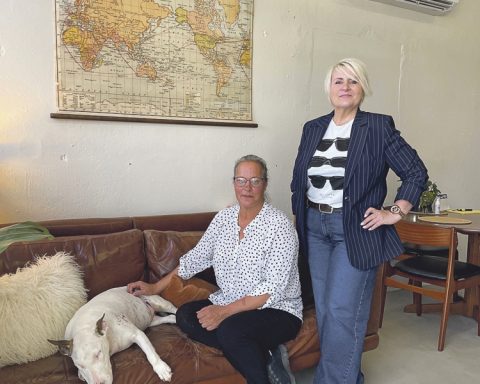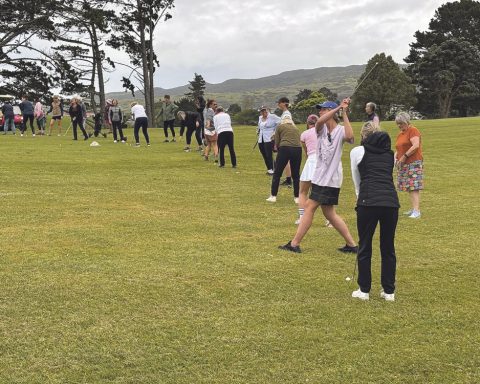As with so many small communities, the history of Raglan is punctuated with the forming of key organisations, clubs and associations. Founding members of these clubs are names well-known to many.
Such is the case with the names first connected to the soon to be 100 year old Raglan Bowling Club, established in August 1921.
Reading the first Minute book, handwritten in the cursive fountain-pen style of the day, identifies a number of the districts very early families: Names like Messrs Gilmour, Jackson, Orams, Tidd, Wallis, Pegler, Sutton, Gibbison, Christie, Middlemiss, Husband and Dr Sanders pepper the pages of early committee meetings, where discussions centred around finding suitable land, growing the club’s membership, raising funds through the issuing of debentures and getting on with the challenging task of laying down a green.
In November 1921 it was determined that ‘if funds are forthcoming, the land under option from H.A. Wallis and C.E. Sutton (through his estate) be purchased with Mr Thompson, Bowling Club President and Mr Bentley being authorised to complete negotiations’.
Once this was achieved, committee meetings, held in various places, such as The Harbour View Hotel, the Offices of the Raglan Chronicle, The Royal Hotel and Mr Hubbard’s Tea Rooms, became more frequent.
Most of the early development of the club was made possible by the donation of materials and labour.
By 15 May 1922, the Bowling Club had amassed £89.19.0 in its Post Office Savings Bank a/c and in July that year, Mr Gleeson was offered the position of Greenkeeper and paid £5 per year, while Mr Wallis was approached to be Club Patron.
In December 1923 the matter of ‘ladies’ keen to bowl was discussed and after several proposals to and fro the committee decided that ‘Ladies be allowed to play amongst themselves on rinks allocated to play’.
In 1947 a separate Ladies Bowling Club was established.
The original part of the main club pavilion was erected by club members of the day in 1978 and cost about $8,000. This was extended in 1986 at an additional cost of $44,000, funded by donations, debentures, the Hillary Commission, accumulated funds and a bank loan which was finally paid off in 1995.
The Club today is smaller than it was when bowling was in its heyday but what it lacks in numbers, it makes up for in enthusiasm for the game and in a commitment to keeping this iconic Raglan institution alive and well.
Gone are the days of ‘mandatory-whites’, women kneeling to have the length of their skirt measured before play (and strictly no jewellery) and brown and black wide-drawing bowls.
They used to say, with the old bowls, you could light a cigarette having released the bowl and finish smoking it before it came to rest at the head.
Look now at a typical bowling club roll-up and the green is full of colour, the clothes much more casual, music might be heard in the background and a lot of fun is happening. There are also shorter formats for the game as the sport has grappled with the reality that, in this day and age, people aren’t prepared, or able, to play one or two full days each week.
Today, the emphasis is not only on providing the best bowling conditions for the competitive bowler, (we’ve been fortunate to have had excellent greenkeepers who really understand the science that sits behind a healthy green), but to open the doors to visitors and locals alike to give the game a go. In our time Raglan Bowling Club has produced some top-class bowlers, representing the country at Commonwealth Games level and in Trans-Tasman events.
Visitors and businesses look forward to their annual Christmas tournaments and team-building events and they come to our bowling club from throughout the Waikato and beyond.
We’re also fortunate to have had the support of Raglan Club Inc, since merging with the club in 2000 – that support has enabled the bowling club to remain open, at a time when many in small towns have been forced to close.
A celebration of Raglan Bowling Club’s first 100 years will take place on 1 May 2021 and is open to members and supporters of the club. Information about the day is featured on the Centennial Poster, published with this edition.
Happy Bowling, Sue Kingi
